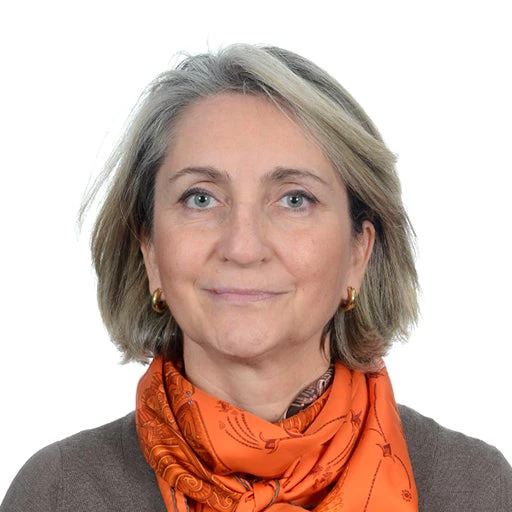
Ten years ago, the World Bank Group (WBG) launched its Open Access (OA) Policy for Formal Publications, making it easier to share and re-use World Bank books and other content. But how did researchers and the public access our knowledge products before then? And what has changed at the Bank and in the world of scholarly publishing?
When I first came to the Bank in 1998, the institution’s publications – like other scholarly publishers’ at the time – were largely print-based. Our books were printed in Washington, DC and donated to more than 250 libraries and World Bank public information centers around the world. In those days, visiting one of these “depository libraries” in person was one of the few ways the public could freely access the hundreds of books, journals, working papers and reports produced by the Bank each year. This was particularly important for those in developing countries and economies, where access to development research and knowledge was already limited.

The late 1990s brought the industry shift to digital publishing and the subsequent launch of the Bank’s online databases, digital collections, and websites, making it possible for more readers across the globe to access knowledge and information by and about the Bank. While most final and official documents – such as project reports, economic and sector work, board documents, and even books – were made freely available to the public via Documents and Reports, World Bank databases and journals remained behind paywalls or were not accessible outside the Bank.
The mid-2000s ushered in a new era of Open Access, aimed at addressing the inequality created by high-priced journals and research data that few academic researchers and development practitioners around the world could access or afford. This movement coincided with the push from civil society organizations requesting greater transparency from public institutions.
In 2010, the World Bank responded with the launch of its Open Data portal and landmark Policy on Access to Information. These marked major milestones in turning World Bank data into a global public good and providing greater transparency about its projects and operations.
In 2012, the Bank went a step further. With the launch of the Bank’s official Open Access repository, the Open Knowledge Repository (OKR), the World Bank became the first major Intergovernmental Organization (IGO) to implement an Open Access Policy for Formal Publications and adopt Creative Commons (CC) public licenses. As a result, World Bank books became publicly available under the “CC BY” (attribution only) license, considered the gold standard among Open Access advocates.
Before this policy, World Bank Publications were protected by an “All Rights Reserved” copyright system, whereby users had to request written permission to share or re-use content for their purposes. The use of the CC licenses meant researchers could collaborate more efficiently and ensure access to their research and analytic work in low- and middle-income countries, where journal subscriptions are often prohibitively expensive.
What has happened since we launched these measures? Over the past decade, scholarly publishers have become more open, and so has the Bank. The World Bank now has more than 20 institutional agreements with scholarly publishers allowing Bank researchers to publish in journals and other scholarly literature in compliance with the World Bank’s Open Access Policy. Other IGOs have joined the Open Access movement in support of the Sustainable Development Goals, often turning to the World Bank for advice on the complexities and challenges of implementation.
This trend toward Open Access among IGOs eventually led to the creation of a set of Creative Commons IGO licenses designed to facilitate efficient sharing of their content globally. In addition, the World Bank and other IGOs incorporated the use of CC 4.0 licenses, the international standard in scholarly publishing and data sharing. Use of Creative Commons licenses has now expanded to include datasets, metadata, and photographs, including those in the World Bank Group Archives.
Most important, the Bank’s Open Access initiatives are reaching the very populations the World Bank seeks to serve. Of the top 100 countries downloading from the OKR since 2012, 61% are in low- and middle-income countries and represent almost half of those downloads.
Furthermore, the number of overall downloads has increased dramatically from around 100,000 per month to approximately 1 million per month over the past decade.
Looking ahead on the World Bank’s Open Access roadmap, areas to strengthen include furthering participation in Open Science beyond Open Access and Open Data, and exploring the implementation of the UNESCO Recommendations on Open Science, which encourages transparency and public input and participation throughout the research process. The next decade promises to be a busy one, as work also remains to be done in expanding the use of Creative Commons public licenses and shrinking the digital divide.


Join the Conversation